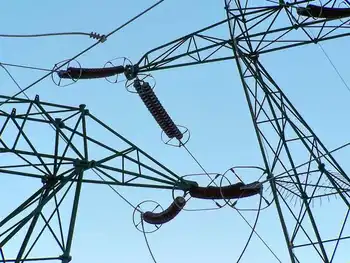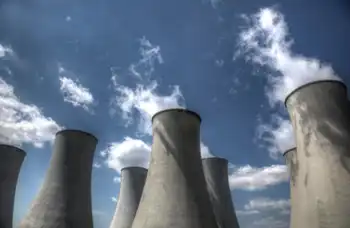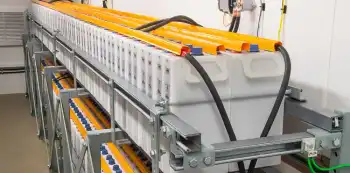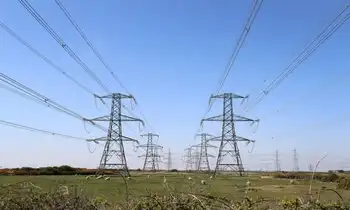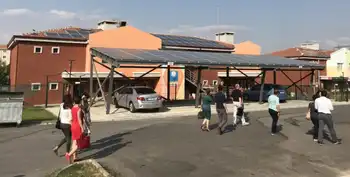ComEd helps Ford lower operating costs
By PR Newswire
CSA Z463 Electrical Maintenance
Our customized live online or in‑person group training can be delivered to your staff at your location.

- Live Online
- 6 hours Instructor-led
- Group Training Available
Funding for program year two, set to launch June 1, will more than double to $16 million in incentives.
Through ComEd's Smart Ideas incentive program, Ford Motor Company recently upgraded its lighting equipment in its Chicago production plant, which is expected to yield annual energy savings allowing the cost of the project to be paid back in less than three years.
In the last year, $7 million in incentives translated into companies completing $37.3 million worth of energy efficiency projects that will save an average of 3.5 percent of their electricity bill, and this year's expanded program will allow more companies to participate. Applications for year two funding are now being accepted. Funds will be distributed based on availability.
"Ford Motor Company exemplifies how ComEd's business customers see the value in making long-term investments in energy efficiency, even in today's challenging economic climate," said Val R. Jensen, vice president, Marketing and Environmental Programs, ComEd. "ComEd's Smart Ideas incentives are designed to ease the financial commitment so our business customers can realize the cost-savings resulting from their energy saving upgrades. As an added benefit, these upgrades also help reduce our carbon footprint in northern Illinois."
More than 1,000 lighting fixtures in Ford's Chicago Stamping Plant were retrofitted and replaced with a premium efficiency fluorescent lighting system. These fixtures use approximately 50 percent less energy and can be turned on and off instantly. In addition, close to 1,000 occupancy sensors were installed in areas of the production plant where continuous lighting is not necessary. This allows customers to use sensors to turn the fixtures off when no one is in the room, resulting in even greater energy savings. The project is expected to reduce the energy used in the facility by close to 1.2 million kWh annually. This is equivalent to the annual greenhouse gas emissions from 156 passenger vehicles.
"Ford Motor Company is committed to the responsible use of resources," said Gloria Georger, plant manager, Chicago Stamping Plant. "By working together with ComEd, we have been able to identify ways to improve our energy efficiency while reducing our facility costs at the Chicago Stamping Plant."
ComEd has a long history of advancing economic development for northern Illinois businesses. Providing safe and reliable energy is a key component of the state's overall economic development potential. Without a robust electrical system in place, Chicago and northern Illinois would be unable to effectively compete for new business expansion in the global economy and existing business would be less competitive.
Smart Ideas for Your Business provides incentives to commercial and industrial customers for implementation of a variety of energy efficiency measures, including environmentally friendly lighting, motors, HVAC equipment and chillers. In combination with Smart Ideas for Your Home for ComEd's residential customers, this three-year portfolio of programs will empower both business and residential customers to manage their energy bills in the future by:
• Reducing energy consumption by 1.2 million megawatt-hours, which is the energy needed to power 140,000 homes for one year;
• Reducing peak load by 330 megawatts, which eliminates the need for a large peaker or single unit coal plant; and
• Reducing carbon by the equivalent of removing 100,000 cars from the road.
Through its business incentives, ComEd is on target to save 70 million kWh, equivalent to the electricity needed to power 7,250 homes for one year, and reduce peak load by approximately 17.4 MW, equivalent to the electricity to power 34 big box stores, in the first program year.
ComEd's Smart Ideas incentives are expected to yield more than $155 million in savings during the programs' lifetime and will place the company among the top tier of utilities in the nation within a few years, in terms of annual electricity savings achieved through energy efficiency.





